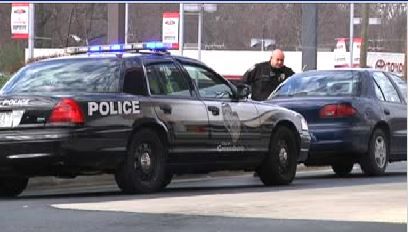GREENSBORO -- The city’s police chief says the department is making progress in addressing concerns that its traffic stops may unfairly target blacks.
More than 30 days ago, Chief Wayne Scott ordered his officers to stop pulling drivers for minor equipment issues, like broken tail lights or slightly cracked windshields.
For the period between Nov. 11 and Dec. 10, the department’s total number of stops dropped by 32 percent compared to the same time last year. Additionally, just ten more blacks than whites were stopped.
While Chief Scott praised the results, he was cautiously optimistic about them.
"You can't assume that’s the solution because it is a small sampling,” he said. “I think the solution is much more involved. I think it's going to take us a long time to understand fully what's driving certain things.”
Chief Scott issued the order following an October article in the New York Times that reported blacks in Greensboro were stopped at a disproportionate rate when compared to whites.
The police department itself has reported that stops for equipment infractions are where it sees the biggest disparities between blacks and whites.
“As we move forward and we understand it more, it will help me as I guide the organization to look at policy changes that may have long-term fixes,” Scott said.
Many of Greensboro’s city council members have expressed support for developing more holistic solutions.
"If you don't know the cause of a problem, you're not going to be able to solve the problem,” said Justin Outling, a council member. “The city is looking at making its anti-biased based policing policy more robust and things of that nature, so I think there's room for improvement."
Chief Scott said there were no statistical data to show the traffic stop changes had led to increased crime levels. He plans to issue a report with recommendations for the next steps in combating the disparities by the end of February 2016.
Researchers at North Carolina A&T and the University of North Carolina at Greensboro are also studying the city’s traffic stop data and are expected to present their findings early next year.





